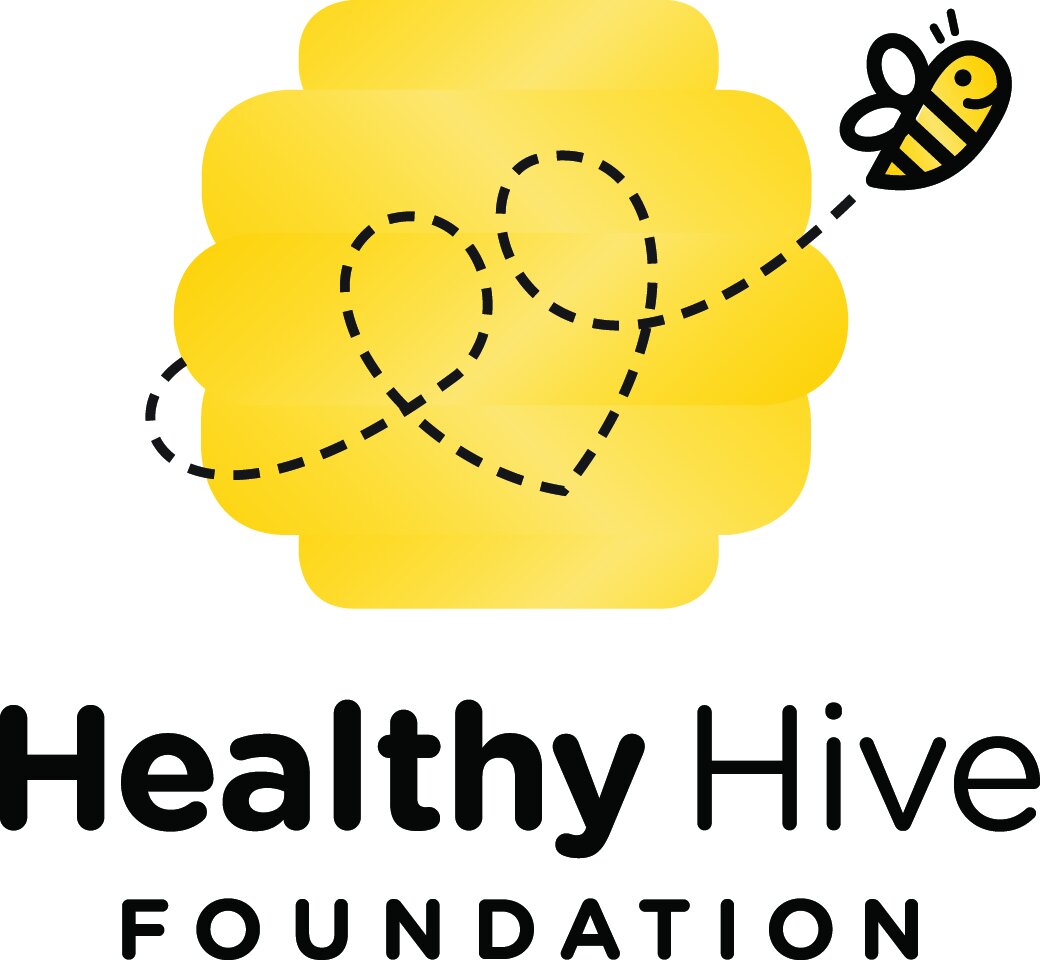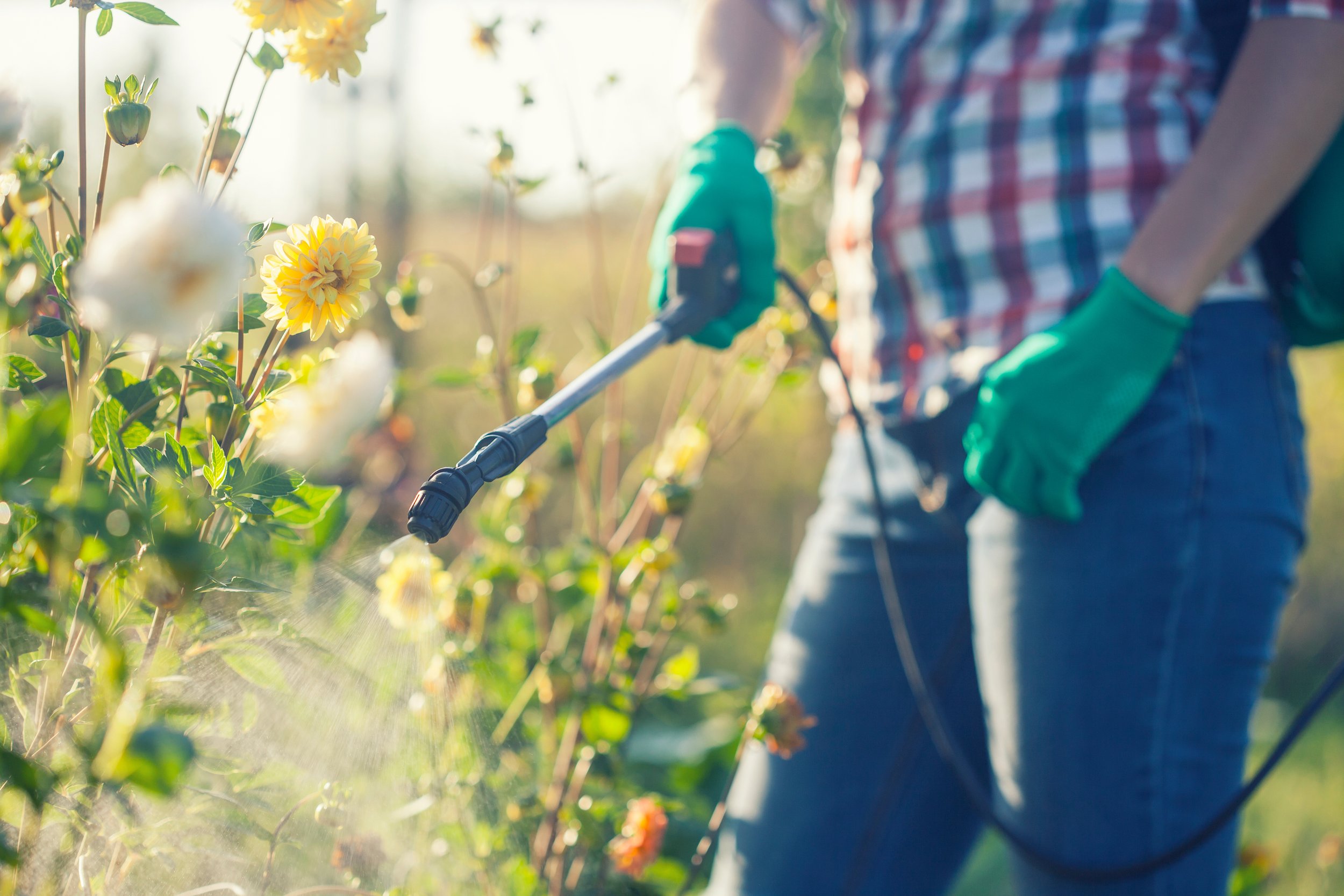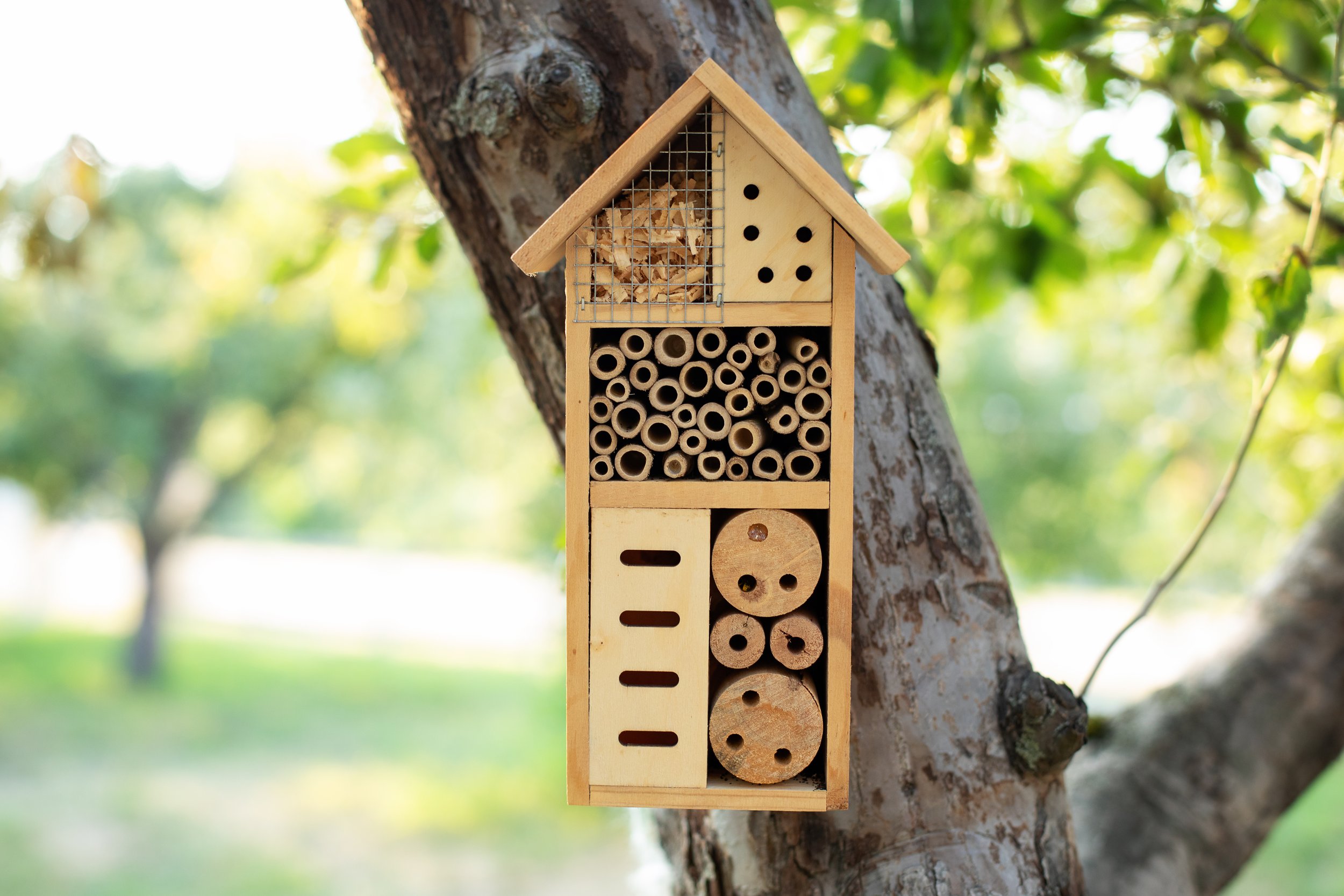How to Save a Tired Bee
As temperatures around the globe reach record highs, keeping ourselves and all creatures healthy and safe is paramount. Bees and other pollinators are greatly affected by climate change. Many bees cannot withstand the higher temperatures that we have been experiencing and can very easily get tired, thirsty, or even overheated — just like us. In addition, varying temperatures and unusual seasonal climate can cause flowers to bloom earlier and die sooner. This means that the typical food and energy that bees need to thrive is in shorter supply. Luckily, hope and innovation are powerful and there are still ways that we can be good stewards to our pollinating friends and to our planet. If you have ever found a tired bee and we’re not sure what to do, this blog is for you!
Here are five ways to save a tired bee:
1. Give Them Sugar Water
Whether you find a bee in the pool, on the sidewalk, or just looking like she could use a little help, sugar water is a great way to lend a hand. Zero Waste Store is an incredible online sustainable shop and they recently introduced their Bee Revival Kit for butterflies and bees. It includes a super handy keychain with a tiny refillable glass bottle and sugar water that you can easily bring on the go. They have so many sustainable initiatives and products and are truly a company for the planet. To make your own sugar water at home, simply mix warm water with white cane sugar in a 1:1 ratio.
2. Place Bee Cups in Your Yard or Garden
Bee cups are a great way to provide water and a break from flying in the heat to bees and other pollinators. They are little porcelain bowls which hold water and easily stick into soil or grass. Bee Cups is another impactful company committed to non-toxic, plastic-free methods to help save the bees. They even invented a UV-reactive Bee Vision glaze that makes the cups more noticeable to bees! Other options for bee-friendly water sources include very shallow plates or bowls filled with water to safely allow bees a nice resting place.
3. Plant Plenty of Native Plants and Wildflowers
Planting native plants and wildflowers is one of the best ways to be a kind host to pollinators. In fact, some native bees can only feed on pollen from specific groups of native plants! These are also much easier to care for since native plants will be better adapted to your specific region, climate conditions, and soil. You can check out your local garden center or join a native plant society in your community to find super helpful plant lists and to learn more about planting in your region.
4. Keep It Natural
In addition to creating and maintaining your native flower garden, consider planting organic plants. Most importantly, avoid using herbicides and insecticides, opting for natural solutions. These chemicals can be deadly not only for our local bees but can even leach into our water sources and contribute to unhealthy water systems downstream. Check out our blog “Understanding Negative Effects of Weed Killer” for more information about the negative effects of chemical herbicides and for some natural alternatives!
5. Build A Bee Home
Although we usually only think of bees as hive-based creatures, many native bees are solitary. They often live and lay their eggs in the ground or in hollowed out plant stems or tunnels in fallen logs. You can provide more safe places for them to brood by crafting a bee hotel out of bamboo, leaving plant stems standing through winter, keeping dead or fallen tree branches, and simply leaving bare patches of soil for ground-nesting bees.
We hope this helps the next time you find a tired bee or if you want to build a bee sanctuary to make their days a little easier. After all, life with bees is so much sweeter. Don’t forget to check out Zero Waste Store and Bee Cups for even more ways to keep the planet in mind!





